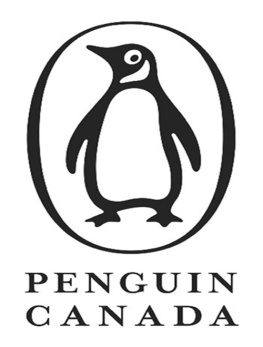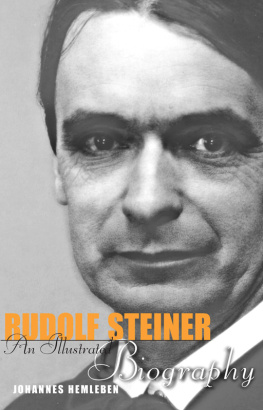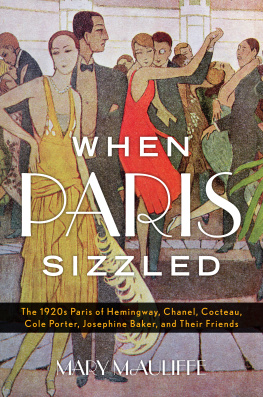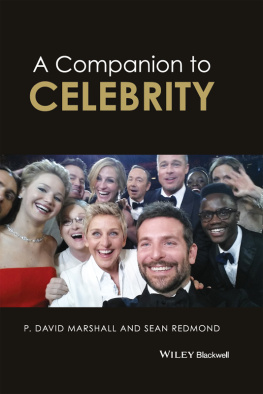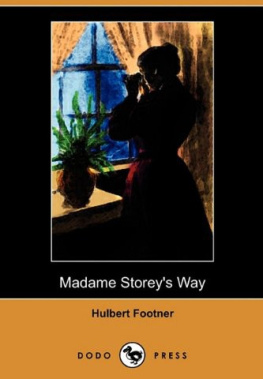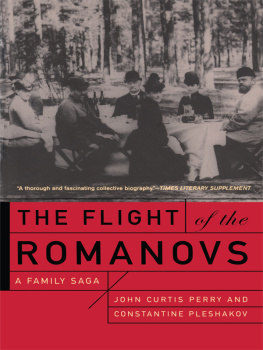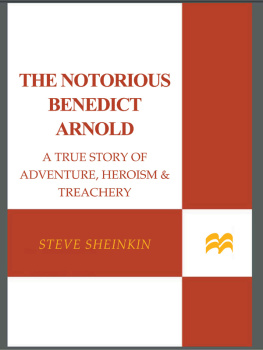BREAKTHROUGH
BREAKTHROUGH

Banting, Best, and
the Race to Save
Millions of Diabetics


VIKING CANADA
Published by the Penguin Group
Penguin Group (Canada), 90 Eglinton Avenue East, Suite 700, Toronto, Ontario, Canada M4P 2Y3 (a division of Pearson Canada Inc.)
Penguin Group (USA) Inc., 375 Hudson Street, New York, New York 10014, U.S.A.
Penguin Books Ltd, 80 Strand, London WC2R 0RL, England
Penguin Ireland, 25 St Stephens Green, Dublin 2, Ireland (a division of Penguin Books Ltd)
Penguin Group (Australia), 250 Camberwell Road, Camberwell, Victoria 3124, Australia
(a division of Pearson Australia Group Pty Ltd)
Penguin Books India Pvt Ltd, 11 Community Centre, Panchsheel Park, New Delhi 110 017, India
Penguin Group (NZ), 67 Apollo Drive, Rosedale, North Shore 0745, Auckland, New Zealand
(a division of Pearson New Zealand Ltd)
Penguin Books (South Africa) (Pty) Ltd, 24 Sturdee Avenue, Rosebank, Johannesburg 2196, South Africa
Penguin Books Ltd, Registered Offices: 80 Strand, London WC2R 0RL, England
Published in Viking Canada hardcover by Penguin Group (Canada),
a division of Pearson Canada Inc., 2010. Simultaneously published in the United States
by St. Martins Press, 175 Fifth Avenue, New York, N.Y. 10010.
1 2 3 4 5 6 7 8 9 10
Copyright Thea Cooper and Arthur Ainsberg, 2010
All rights reserved. Without limiting the rights under copyright reserved above, no part of this publication may be reproduced, stored in or introduced into a retrieval system, or transmitted in any form or by any means (electronic, mechanical, photocopying, recording or otherwise), without the prior written permission of both the copyright owner and the above publisher of this book.
Manufactured in the U.S.A.
ISBN: 978-0-670-06470-0
Library and Archives Canada Cataloguing in Publication data available upon request to publisher.
American Library of Congress Cataloging in Publication data available
Visit the Penguin Group (Canada) website at www.penguin.ca
Special and corporate bulk purchase rates available; please see
www.penguin.ca/corporatesales or call 1-800-810-3104, ext. 2477 or 2474

To my parents, who instilled in me a deep
appreciation of stories; and to my husband,
Craig, and my children, Jane and Ian, who
continue to inspire me.
T.C.
To the dedicated doctors, nurses, and staff
at Mount Sinai Hospital in New York
City, the Cleveland Clinic of Cleveland,
Ohio, and the Mayo Clinic of Rochester,
Minnesota, who have been my inspiration
for the past thirty-five years.
A.A.
PREFACE

B REAKTHROUGH BEGAN AS A CASUAL GLANCE AT AN ARTICLE IN The New York Times Magazine in March 2003. It led to a consuming research project that would take us to medical centers, universities, libraries, archives, and other sites of significance located in twenty-five cities and towns in eight states and four countries over the course of nearly five years.
Initially, our research focused on Elizabeth Hughes, but we soon discovered that she was the nucleus of a constellation of characters, each of whom was as fascinating and enigmatic as Elizabeth herself. The discovery of these new characters led inexorably to more research and more discoveries. At a certain point our biggest challenge became choosing which of the many engaging characters and stories to focus on.
Eventually we decided to focus on four primary characters: Elizabeth Hughes Gossett, Frederick Grant Banting, Frederick Madison Allen, and George Henry Alexander Clowes. It was particularly difficult to relegate the captivating personality of Charles Evans Hughes to secondary importance. The remarkable J. K. Lilly Sr., along with his sons Eli Lilly Jr. and J. K. Lilly Jr., also introduced tangential story lines that were hard to resist.
This book is based on a true story, and relies heavily on primary historical sources and documents. With one exception, detailed in the section Notes and Sources, all characters are historical figures. Most dialogue and incidents have been drawn from contemporaneous sources, but in some cases have been invented or augmented for narrative purposes.

To the glory of God with thanksgiving
for the wonder of life.
Inscription on the grave of Eli Lilly,
Crown Hill Cemetery, Indianapolis
PROLOGUE

It carries a prognosis of eleven months of suffering followed by death.
Most of the food a person eats is turned into glucose, or sugar, for his or her body to use for energy. A healthy pancreas makes the hormone insulin, which helps glucose get into the bodys cells. A diabetic either doesnt make enough insulin or cant use it well.
Symptoms of diabetes were described on Egyptian papyrus as early as 1550 b.c. The recommended Egyptian treatment was to eat a boiled assortment of bones, wheat, grain, and earth for four days, a diet perhaps no more satisfying than that prescribed for the disease in 1918. Progress toward understanding and treating diabetes has been slow and halting. It wouldnt be given its current name until the second century a.d.thousands of years after its appearance on papyrus. Aretaeus of Cappadocia, a celebrated Greek physician, coined the term diabetes after the Greek word for sieve because the symptomatic incessant thirst and urination made the body act as a sieve. Three centuries later, Indian physicians noted that the urine of their diabetic patients tasted sweet, like honey, but they did not know why. For the next thirteen centuries, little more was learned.
In the eighteenth century an Englishman named Matthew Dobson determined that the sweet, sticky substance found in diabetic urine was sugar. His important contribution ushered in a series of advances during the nineteenth century. In 1856, Claude Bernard, the French physician known as the Father of Physiology, postulated that the pancreas was the probable source of the disease. In 1889, Germanys Oskar Minkowski and Josef von Mering definitively confirmed the central role of the pancreas. After removing the organ from a dog, the animal exhibited all the classic symptoms of diabetes. This monumental discovery launched a decades-long search for a mysterious substance in the pancreas. Germanys Paul Langerhans described a cluster of cells that he separated from the pancreas in 1869, but he did not investigate its purpose. In 1889, Frances Edouard Laguesse named these cells the islets of Langerhans after their discoverer and suggested these cells lower blood glucose levels. As the twentieth century dawned, Belgiums Jean de Meyer named the mysterious pancreatic substance insulinfrom the Latin word for islandyet its existence was only a scientific speculation.
Around the world, the search for insulin continued. Germanys Georg Zuelzer claimed to have isolated the pancreatic substance in 1906, going as far as obtaining a patent in 1912. Unfortunately, he was unable to produce enough consistently effective extract to prove it. Americas Ernest L. Scott made similar claims and met similar failure in 1912. And so medical science continued to struggle with how to use insulin to alleviate diabetes. For type 1 diabetics, this struggle was a matter of life and death, Elizabeth Hughes included.
Next page
